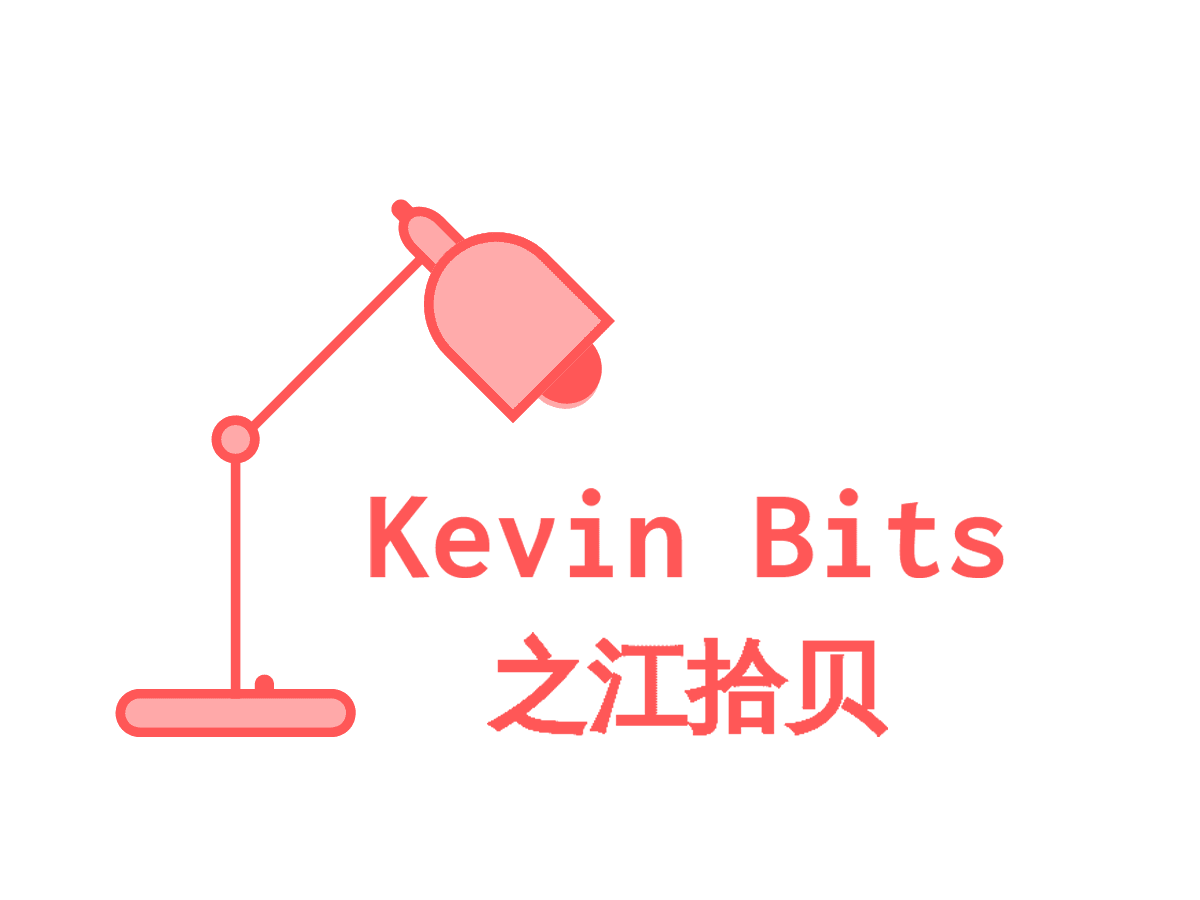The Federal Reserve Bank publishes Beige Book eight times per year. Each time, regional federal reserve banks collect data on economic activities, prices and employment from business contacts in its district. I found these reports quite informative.
The October report was published late last week and it is available from the Fed website.
- On overall economic activity, the report categorized that the growth to be “at modest to moderate rate”, and several districts noted that “the pace of growth slowed this period, constrained by supply chain disruptions, labor shortages, and uncertainty around the Delta variant of COVID-19”. Consumer spending was healthy but limited by availability of certain goods such as cars.
- On employment and wages, “employment increased at a modest to moderate rate in recent weeks, as demand for workers was high, but labor growth was dampened by a low supply of workers.” Wage growth was robust in the majority of Districts which is a natural result from labor shortage.
- Finally on inflation and prices. “Most Districts reported significantly elevated prices”. Cost increases were widespread across industry sectors, driven by supply chain bottlenecks, transportation cost, and labor constraints.
The COVID-19 has disrupted the supply chain, reduced worker forces, hence we are seeing scarcity of certain goods and the prices are increasing. The overall inflation in the past few months have been 4 – 5%. Most of the Fed members, including the chair Powell, are in the view that the current inflation is transitory but will likely last a bit longer than they initially thought. They are expecting the prices pressure to ease in 2022. But the actual result is really dependant on the course of COVID.
For the current elevated inflation, I think there is very limited the Fed can help. The monetary tightening can be most effective to cool down an overheated economy, to reduce excessive demand by consumers. The current economic growth, though at good rate, remains to be recovery in nature. If the Fed chooses to tighten, it is very likely to worsen supply chain, leading further scarcity of goods and accelerating price pressure.
I think policy makers and the public can help in this challenge.
- Policy makers should encourage workers to find jobs and to work.
- Policy makers should provide support to businesses so that they do not transmit all inflation cost to their end product, thus breaking the positive feedback loop of the inflation dynamic system.
- Policy makers should educate the public the transitory nature of the current inflation dynamics to prevent businesses and consumers to buy earlier, a behaviour often exhibiting in an inflationary environment.
- Policy makers should encourage businesses to increase workers’ wages that are in line with or above inflation. Businesses are able to absorb those cost within the current profit margins. This will also help to increase the productivity that has suffered for decades in the US.
- Consumers should avoid spending excessively. Reduce electricity usage, drive less, buy just enough food and other goods.
